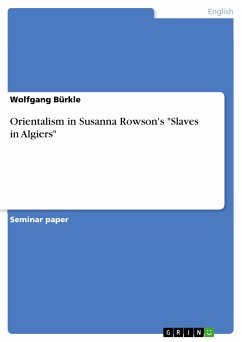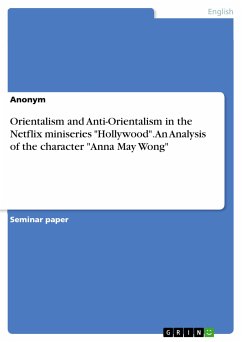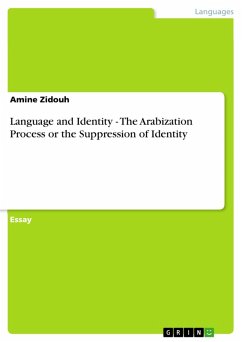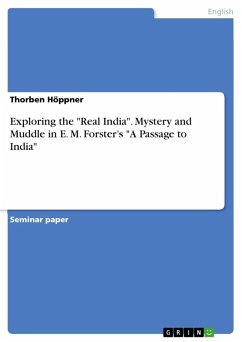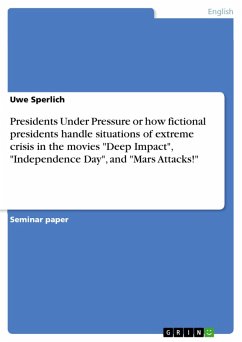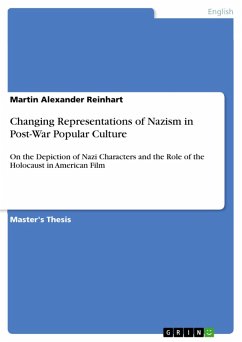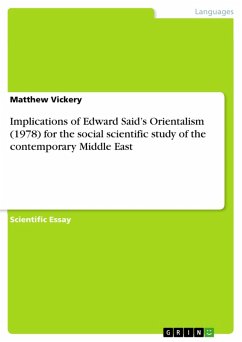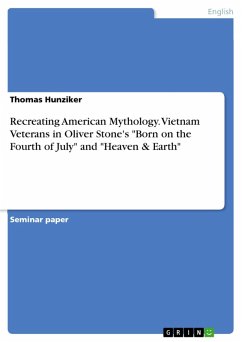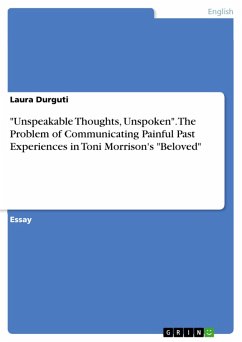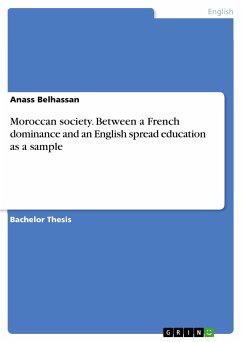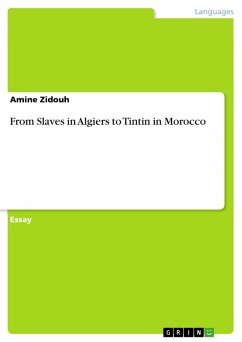
From Slaves in Algiers to Tintin in Morocco (eBook, PDF)

PAYBACK Punkte
0 °P sammeln!
Essay from the year 2013 in the subject Orientalism / Sinology - Miscellaneous, grade: 14/20, University Hassan II. Casablanca, course: American Travellers in the Maghreb, language: English, abstract: This essay is a comparative study between two genres, two 'texts', two discourses that are really just the same. Although they are separated in time, space and form, both 'texts' end up disseminating the same derogatory discourse; that some would call colonial about the Maghreb in particular and the orient in general. Slaves in Algiers; Or a Struggle for Freedom (1794), is a play written by Susan...
Essay from the year 2013 in the subject Orientalism / Sinology - Miscellaneous, grade: 14/20, University Hassan II. Casablanca, course: American Travellers in the Maghreb, language: English, abstract: This essay is a comparative study between two genres, two 'texts', two discourses that are really just the same. Although they are separated in time, space and form, both 'texts' end up disseminating the same derogatory discourse; that some would call colonial about the Maghreb in particular and the orient in general. Slaves in Algiers; Or a Struggle for Freedom (1794), is a play written by Susanna Haswell Rowson, where the setting takes place in "Barbary" - the Mediterranean coast of North Africa - and more precisely in Algiers. The play centers on the lives of several American 'slaves' who plot their escape in an unflappable look for freedom. Whereas Tintin, you would have guessed is the famous Comic hero created by Belgian 'artist' Hergé. The movie that this essay analyzes is entitled "The Adventures of Tintin" (2011) and is directed by yet another 'artist' considered to be one of the all-time best directors in American Cinema; Steven Spielberg. At first sight, the 3D movie seems not to have much in common with a play written in the 18th century, yet this essay claims otherwise.
Dieser Download kann aus rechtlichen Gründen nur mit Rechnungsadresse in A, B, BG, CY, CZ, D, DK, EW, E, FIN, F, GR, HR, H, IRL, I, LT, L, LR, M, NL, PL, P, R, S, SLO, SK ausgeliefert werden.




